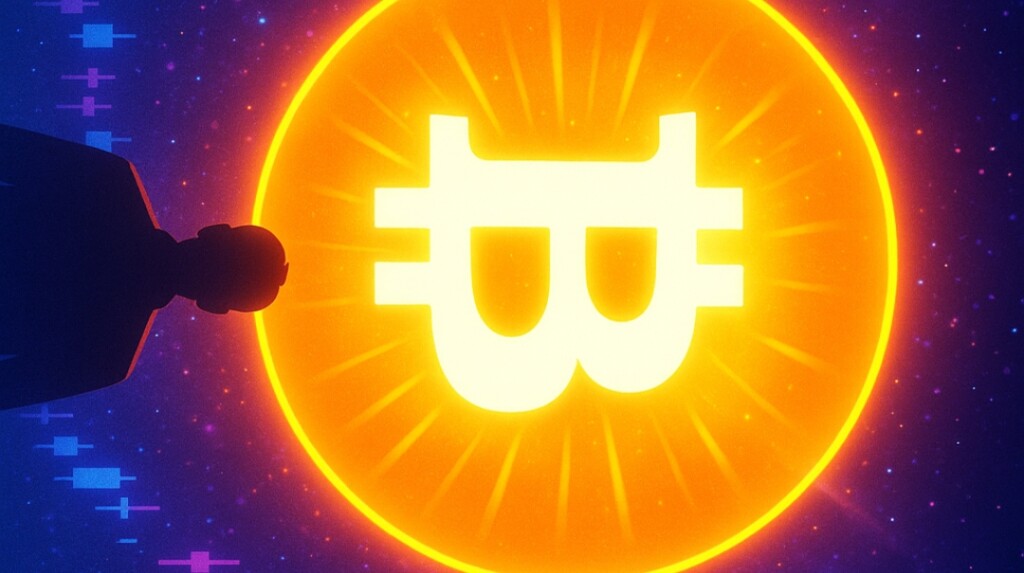It seems that five wallets connected to on-chain identity James Wynn have worked in concert to spend nearly $2 million acquiring TITCOIN, a lesser-known but now much-talked-about crypto token.
Blockchain data reveals a pattern of accumulation, internal token transfers, and partial liquidation — a provision of cash that, were these wallets operating for a single entity, could fund that entity’s operations. As a whole, these transactions raise large questions about the intent and overall strategy behind them.
All wallets acted independently in their initial purchases, but they eventually channeled a lot of TITCOIN to a common address. That address later liquidated everything; however, we aren’t sure what became of the tokens we can no longer trace. From a direct sales analysis, I can see that they’ve only been able to pay off $670,000 of the original $1.97 million price tag. What remains of the tokens or the addresses attached to them is still very much an unknown.
Fragmented TITCOIN Buys and Centralized Transfers
An in-depth examination of wallet activity exposes the concerted actions of five main addresses that are closely tied to James Wynn. Each wallet made sizable buys that then funneled a large part of their holdings to a common address: Afzvu6WS2yXZraDXRi5vBL96TwoNgdxvpGqRKUtVPUz1. This address then liquidated all the tokens it received, but some of the wallet outflows are too opaque to allow us to confidently assert how much was actually sold.
On-chain activity breakdown is as follows:
- Wallet 9ZroMQ4kG3neY3tzva74S8pMXMQ3Rj5E4EMRQjMAhXto acquired 21.7 million TITCOIN tokens at the cost of $514,500. Only $65,400 of that was visibly sold. It transferred 1.71 million tokens to the Afzvu wallet.
The structure and format of the source material have been preserved while rephrasing the text:
- Wallet 2v2DwyT8adzA3e6wLyy81maBxoPBWhyLQ83ZyRnziRyR spent $221,200 to acquire 3.9 million tokens, sold $23,000 worth, and sent 6.54 million tokens to Afzvu — a discrepancy that implies additional untracked token movement.
- Wallet 6rg1yPP7DA9ufQW2rMAGFwmuayDkGFWoMuoDgGEca7on spent $784,300 to acquire 31 million tokens, sold only $41,800 worth directly, and sent 6.92 million to the Afzvu wallet.
The shared wallet received a combined total of 15.17 million tokens from the three above-mentioned addresses. It sold the entire amount for roughly $466,900 and holds no TITCOIN at present.
- Wallet 9DMJziZS77Vzg4JHTojYtcYBDVrBtwzEdAGcwmKPC8ye spent $455,600. It sold 10 million tokens for $76,400 and offloaded another 3.15 million via dollar-cost averaging. This wallet now holds 2,646 SOL, currently valued at around $442,348.
The five wallets in question invested a sum of about $1.97 million to amass close to 69.75 million TITCOIN tokens. However, on-chain confirmations only account for about $670,000 in sales, which means that nearly $1.3 million in exposure remains either unsold or funneled through channels with little visibility.
Coordinated Effort or Opportunistic Play?
The pattern of buying and selling gives the impression of something quite organized. These guys act like an investment firm, taking positions and drawing even more attention to their assets before cashing out. In these scenarios, it’s almost always a small group making moves, not a bunch of random folks with limited means, and certainly not a proper market. Weird as it is, this mostly seems to be bullish behavior, which in the end is what makes these events even weirder.
High-risk traders in certain on-chain circles already recognize James Wynn for panicky profits. He is known for rapidly cycling through micro-cap assets, and now appears to be tied to an operation that suddenly is profiting from inordinate price jumps of specific tokens—jumps that look a lot like “pump and dump” schemes.
Such activities often create volatility in illiquid token markets, and in the case of TITCOIN, the price impact and user confidence could be affected depending on what happens with the remaining tokens.
The Unknowns and Market Impact
The tokens that were obtained but not obviously sold—what happened to the majority of them? If they’re in wallets we can’t identify or were sold via OTC trades, the market might have already been pushed with those tokens. If the holders are still just holding and waiting to put those tokens back on exchanges, then TITCOIN’s price could be looking at some more downside.
Now, the TITCOIN community maintains a close watch over wallet movements connected to this cluster. If these wallets start dumping tokens, we’d see price ramifications. Likewise, if they simply hold, that might be taken as a sign that when they move again, it shall be for upwards price results.
This occasion reminds us that on-chain transparency is powerful but only as effective as our ability to trace the flows of tokens across multiple layers of complexity. For now, the wallets that are involved remain under scrutiny. Their next moves could define the short-term future of TITCOIN.
Disclosure: This is not trading or investment advice. Always do your research before buying any cryptocurrency or investing in any services.


No Comments